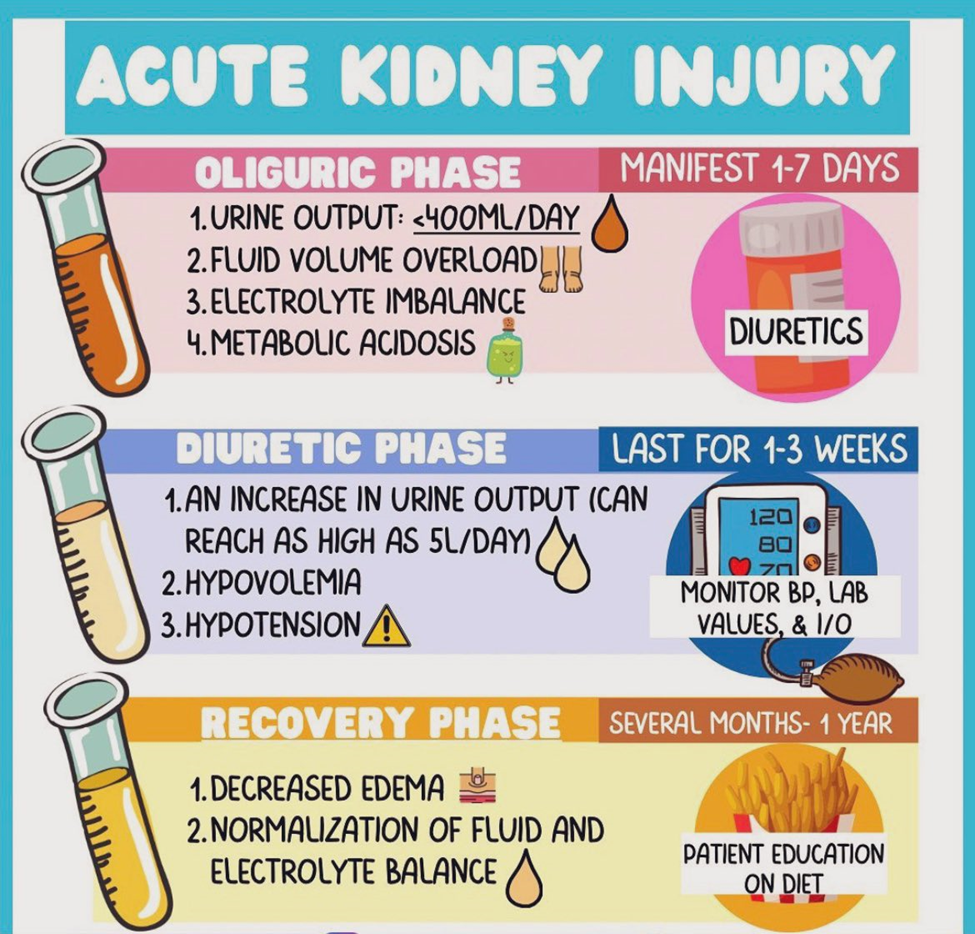Which information should the nurse include in the teaching plan of a client diagnosed with gastroesophageal reflux disease (GERD)?
Minimize symptoms by wearing loose, comfortable clothing
Sleep without pillows at night to maintain neck alignment.
Adjust food intake to three full meals per day and no snacks.
Avoid participation in any aerobic exercise programs
The Correct Answer is A
A. Minimize symptoms by wearing loose, comfortable clothing:
This is the correct answer. Wearing loose, comfortable clothing can help alleviate pressure on the abdomen, reducing the likelihood of exacerbating GERD symptoms.
B. Sleep without pillows at night to maintain neck alignment:
This recommendation is not specifically related to GERD. In fact, elevating the head of the bed or using extra pillows can be helpful in preventing acid reflux during sleep.
C. Adjust food intake to three full meals per day and no snacks:
It is generally recommended for individuals with GERD to have smaller, more frequent meals rather than three large meals. Eating smaller portions can help reduce the likelihood of gastric distention and reflux.
D. Avoid participation in any aerobic exercise programs:
Exercise is generally beneficial for overall health, but intense aerobic exercise immediately after eating may contribute to GERD symptoms. However, this does not mean avoiding all aerobic exercise. It is more appropriate to advise against vigorous exercise immediately after meals.
Nursing Test Bank
Naxlex Comprehensive Predictor Exams
Related Questions
Correct Answer is A
Explanation
A. Hypovolemia and electrocardiographic (ECG) changes:
During the diuretic phase of AKI, there is an increased urine output, and the risk of dehydration and hypovolemia is elevated. The nurse should closely monitor fluid balance to prevent dehydration, and ECG changes may occur due to electrolyte imbalances (such as hypokalemia) associated with diuresis.
B. Uremic irritation of mucous membranes and skin surfaces:
Uremic symptoms are more prominent in the oliguric phase of AKI when waste products accumulate in the blood. In the diuretic phase, the focus shifts more toward managing fluid and electrolyte balance.
C. Side effects of total parental nutrition (TPN) and Intralipids:
TPN and Intralipids are not directly related to the diuretic phase of AKI. Monitoring for side effects of TPN and Intralipids may be relevant in other clinical contexts but is not the primary concern in the diuretic phase.
D. Elevated creatinine and blood urea nitrogen (BUN):
Monitoring creatinine and BUN levels is important for assessing kidney function, but in the diuretic phase, the focus shifts to managing fluid and electrolyte balance. The risk of hypovolemia and electrolyte imbalances is more immediate during this phase.

Correct Answer is D
Explanation
A. Reduced pain in eczematous areas:
While hydration of the skin may contribute to reduced pain in some cases, the primary goal of urea cream is to moisturize and hydrate the skin rather than directly address pain.
B. Healing with a return to normal skin appearance:
Urea cream can contribute to the healing process by hydrating the skin and promoting the removal of dry, scaly skin. However, complete healing and a return to normal skin appearance may also depend on the underlying cause of eczema and other factors.
C. Decreased weeping of ulcerations in affected areas:
Urea cream can help reduce excessive dryness and weeping in eczematous areas by promoting hydration and moisture balance. However, it may not directly address ulcerations, and other interventions may be needed for open wounds.
D. Hydration of affected dry skin areas:
This is the correct answer. Urea is a natural moisturizing factor that helps retain water in the skin. Applying urea cream to affected dry skin areas is expected to hydrate the skin, reduce dryness, and improve the overall moisture balance.
Whether you are a student looking to ace your exams or a practicing nurse seeking to enhance your expertise , our nursing education contents will empower you with the confidence and competence to make a difference in the lives of patients and become a respected leader in the healthcare field.
Visit Naxlex, invest in your future and unlock endless possibilities with our unparalleled nursing education contents today
Report Wrong Answer on the Current Question
Do you disagree with the answer? If yes, what is your expected answer? Explain.
Kindly be descriptive with the issue you are facing.
